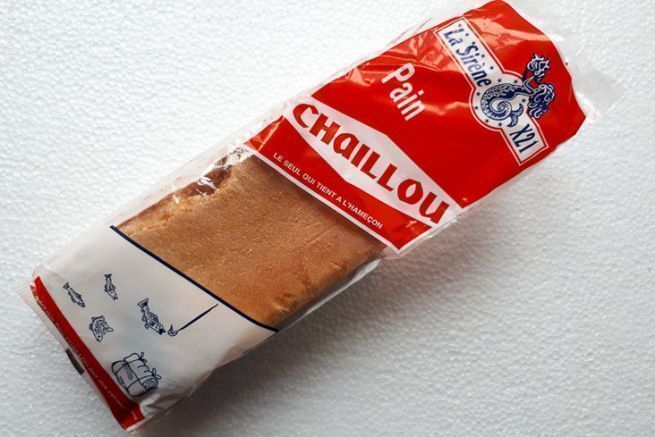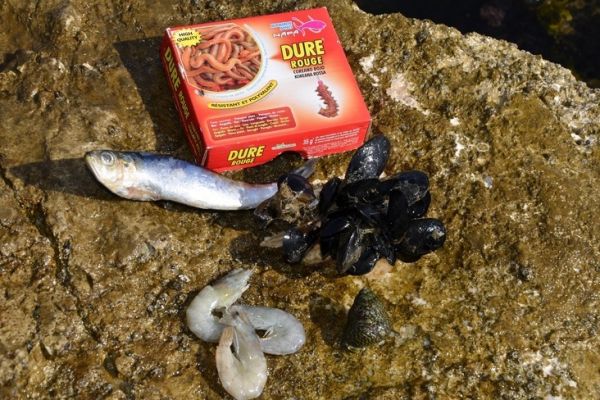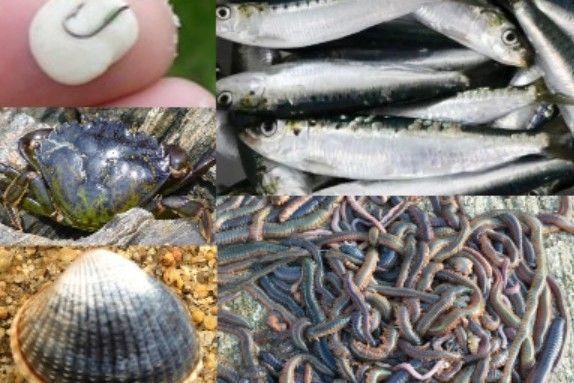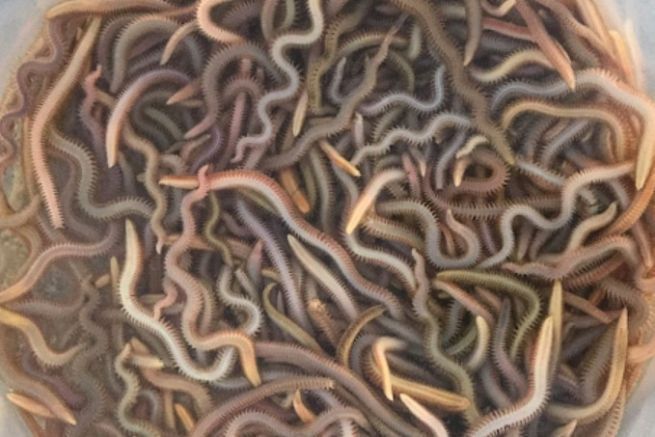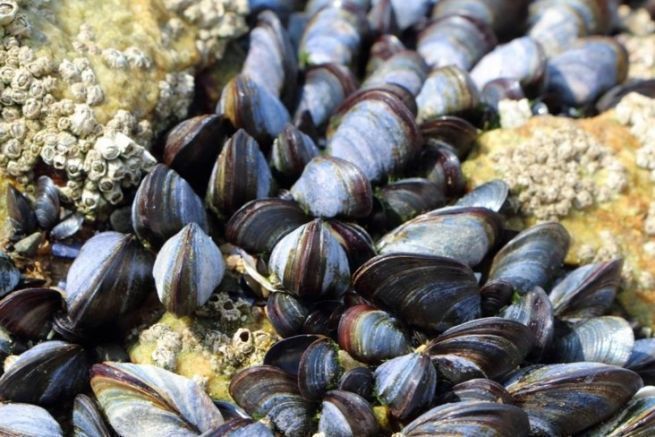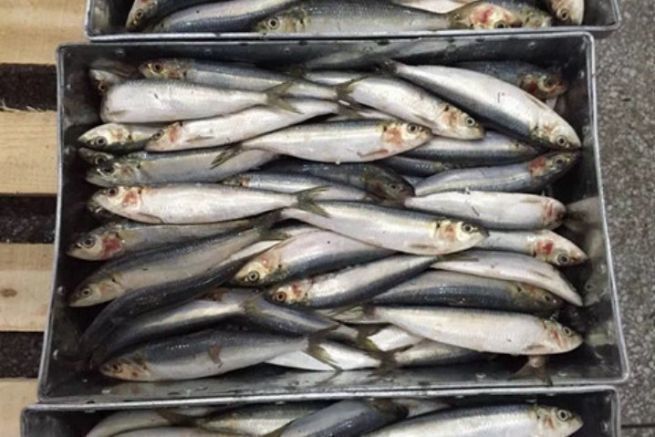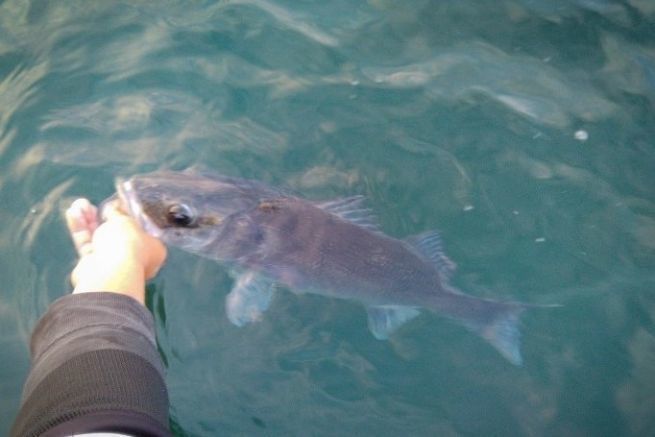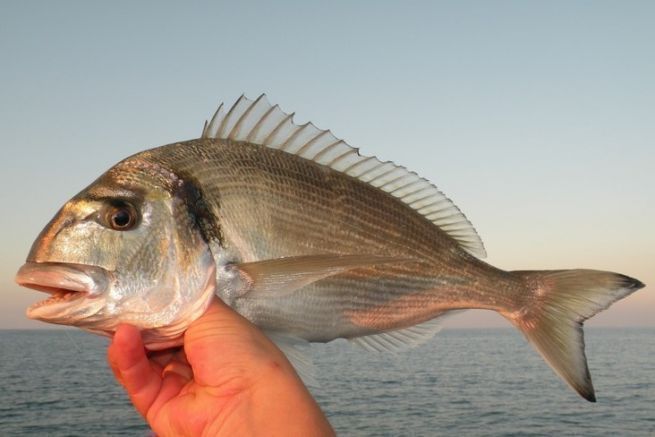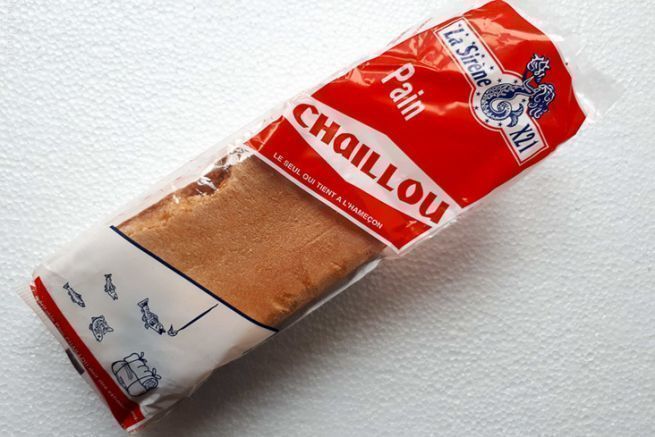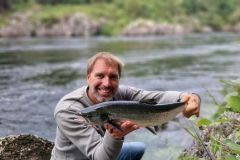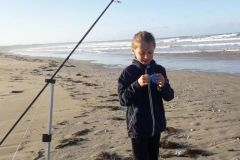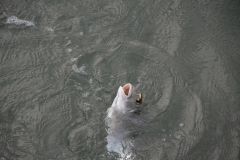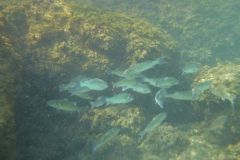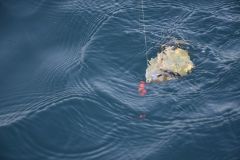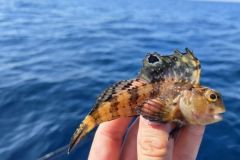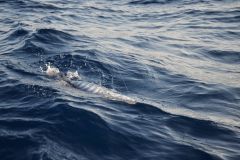Vegetable and compound baits for fishing
Fishing with vegetable baits is an art because of its mastery of hook positioning, discretion, holding and choice of baits. There is a good assortment of baits to spend good moments at the water's edge and to make nice fishes as long as you respect some rules and the right choice of baits. Among these vegetable and compound baits, we will find bread, seaweed, pasta, shellfish and couscous.
The main drawback of plant and compound baits is their fragility, which results in poor hook holding. To counter this, a sensitive and floating line is often used. Depending on the fish sought, the size of the hook will vary according to the bite offered.
The simplest way is to use small balls on a number 18 or 20 hook. You just have to make sure that the point of the hook is well brought out after having dried the pellet.
The fish sought will be mullets, bogues, oblades, saupes and antherines. For big fish like mullets a much bigger bite is required.
Areas with weak currents such as harbors are excellent spots where fish live in schools in search of food in all its forms. Accustomed to come and trim the seaweed under the hulls of boats, we need nothing less to exploit this technique to the maximum and make the most of it.
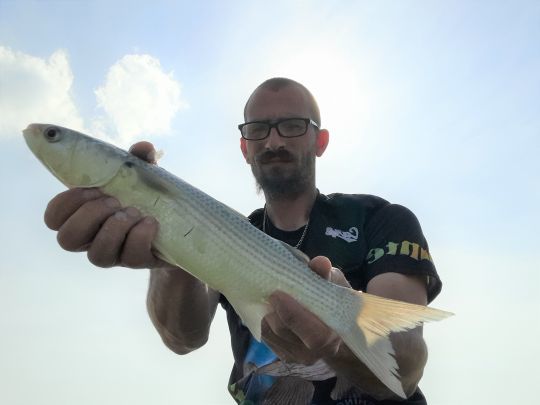
Commonly used plant and compound baits

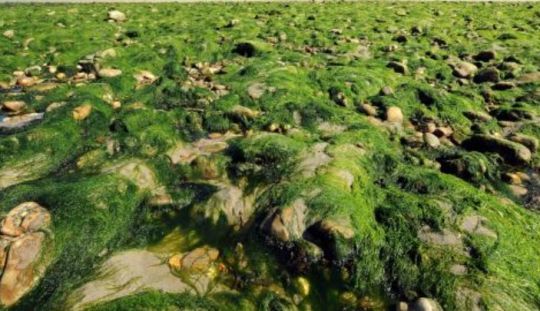
Harvesting of vegetable and compound baits
Apart from seaweed, other baits such as couscous, shellfish and bread can be found in stores. Seaweed can be harvested at low tide on the rocks, in the harbors or along the riprap of the dikes. It is important to keep them in a cool place and to keep them moist to avoid drying out, which would make them unusable.
As for the dough, you have two options. Either you buy it in a store or you prepare it yourself in a very simple way.
For this, a simple and easy recipe to make with few ingredients.
- One teaspoon of sardine oil or rapeseed or sunflower oil
- A portion of cheese such as Camembert or Laughing Cow
- 2 slices of bread soaked in water
- About 3 teaspoons of flour
Crumble and mix it all together to make your dough, which should be sticky enough to make small balls and for a good hold on the hook. If it is not sticky enough, add a little flour as needed.
Once at the water's edge, if the dough dries out a bit, simply moisten it with water to restore its original texture. Simple and easy to make, this recipe will guarantee great fishing sessions near harbor areas.

 /
/ 